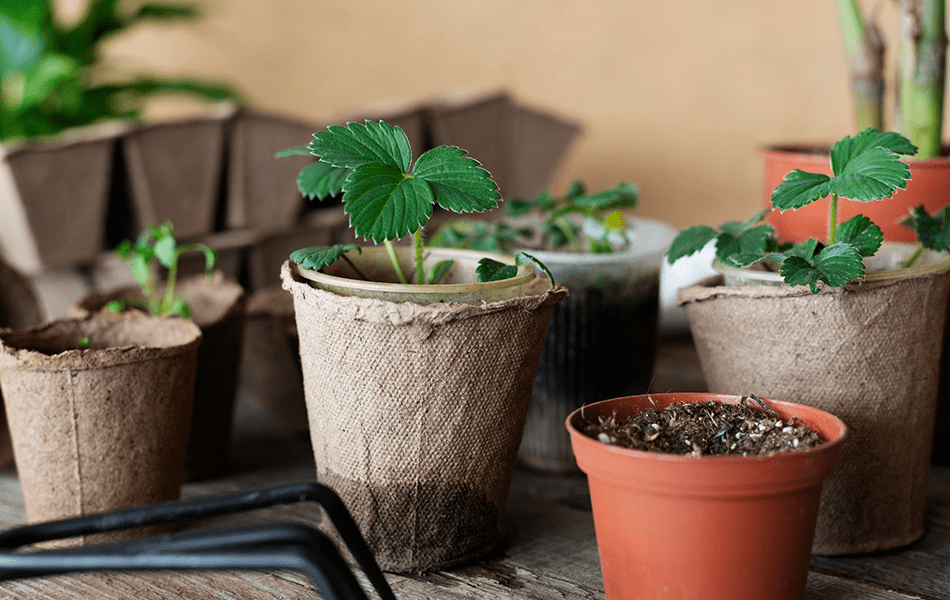The Philippines is a tropical maritime climate that allows a wide variety of plants to grow throughout the year. As a largely agricultural society, these are favorable conditions to consistently grow your own fresh produce and create a sustainable source of herbs, vegetables, and even fruits right in the comfort of your own condominium.
With a little creativity, careful planning, and the right knowledge, condominium gardening in the Philippines can be a fulfilling and rewarding experience that brings you closer to nature, enhances your living space, and contributes to a greener, healthier environment. Having a home garden can also minimize the number of grocery trips you make because you can grow your own fresh plants at home.
You can also use this as an opportunity to get your family or roommates involved in a small bonding activity that teaches patience, management, and the value of sustainable living, not to mention the rewarding feeling of harvesting your own home-grown garden. As the Philippines continues to urbanize and more professionals are moving to the city, condo living has become more and more popular. Because of the limited space these units offer, there is also limited space available for a traditional garden. We have a few tips on growing your own plants in your condominium unit, so we encourage you to continue reading to learn more about this topic.
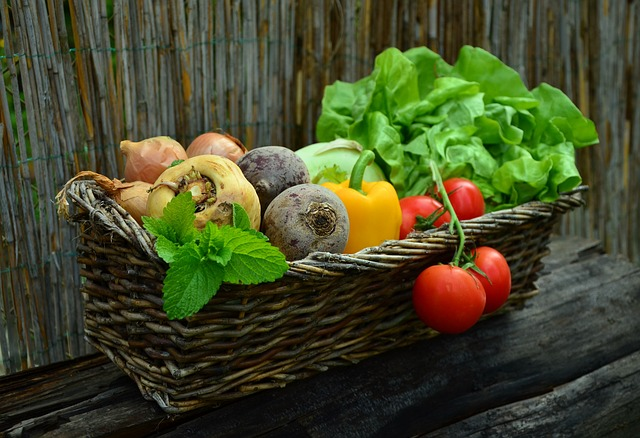
Why You Should Start a Home Garden in Your Condo?
During the lockdown period of COVID-19, many Filipinos opted to join the plantito/tita movement to grow plants in their homes. Filipino homes, known for their limited space, became filled with an array of plants housed in vases and pots, offering a burst of vibrant greenery that could be easily relocated within these confined areas. This trend not only added a touch of nature to the homes but also brought about a multitude of benefits:
- Having fresh plants indoors can greatly improve air quality by filtering pollutants and releasing oxygen, creating a healthier living environment.
- Studies have shown that being surrounded by plants can have a positive impact on mental well-being, reducing stress, enhancing mood, and promoting relaxation.
- These plants also serve as decorative pieces, adding a natural touch to interior design schemes and creating a calming ambiance.
READ MORE: 12 Indoor Plants Perfect for Your Condo Unit
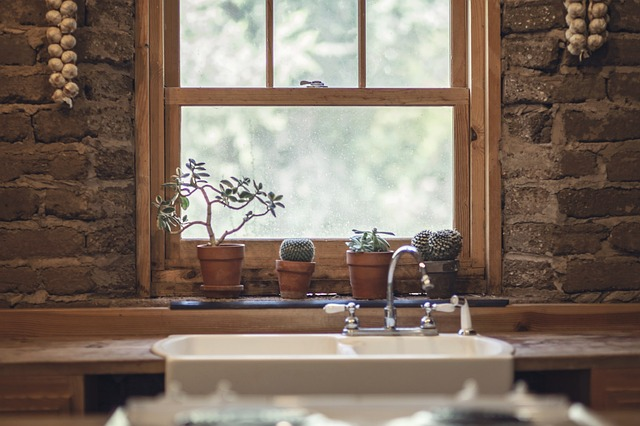
What Kinds of Gardens can I Create in my Condominium?
Gardens are not limited to vegetables! The possibilities are endless when it comes to your own garden. Here’s a list of a few popular home gardens that you can grow in small spaces:
- Herb garden
- Vegetable garden
- Salad green garden
- Flower garden
- Succulent garden
- Vertical garden
- Microgreens garden
You are not limited to these options: you can even combine them together to suit your lifestyle. If you prefer a plant-based diet, look into a vegetable/microgreen/herb mix for your home garden. By customizing your garden to include a variety of plant types, you can ensure a constant supply of fresh, homegrown produce that aligns with your dietary choices.
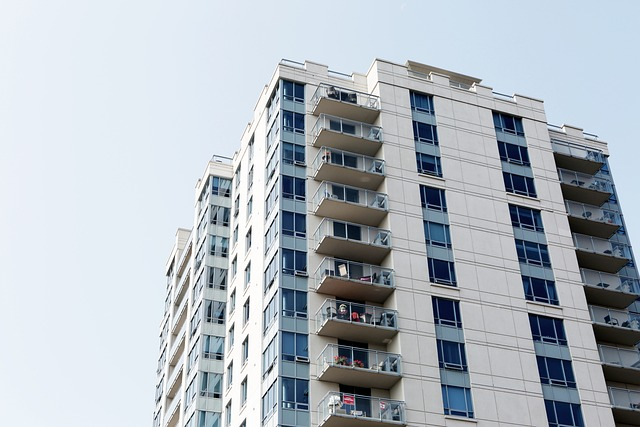
Map Out Your Space
Not all spaces are suitable for plants; remember, in order for plants to grow, they need a steady supply of sunlight and carbon dioxide. Choose locations near windows or balconies that receive ample amounts of natural light throughout the day. After determining the space with the best light source, your next step is to find what you would like to store your plants in, i.e., vases, wagons, or pots. The next step after this is to identify the best suited plants for your chosen space. You may want to research this first so that you can better plan for the space.
READ MORE: Things to do With Your Small Condo Balcony
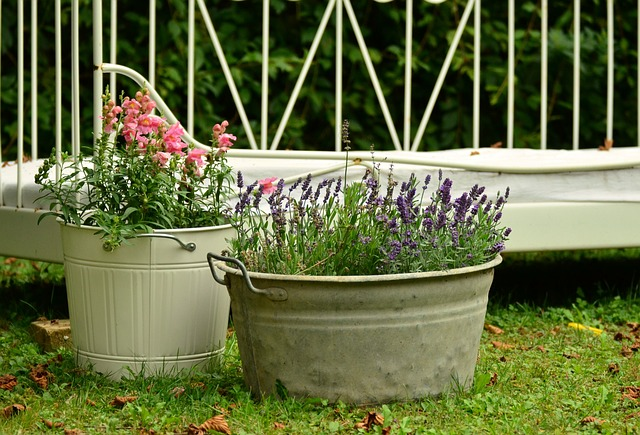
Container Gardening Essentials
Now that you have mapped out the space that will be dedicated to your plants, you can move onto the next step: buying the necessary supplies to grow a container garden (this means you do not plant them in the ground as you would with traditional gardening). According toThe Spruce, there are only four things needed for this: “a container, plants, soil, and water.”
While it may sound simple, you have to make sure that you get the correct containers and soil needed for your plants. After this, you can consider buying a plant from a reputable nursery or start from scratch by using a seed kit from SM, Robinsons Supermarket, or online. It is important to note that potting mix/soil does have a smell, but you can use activated charcoal or air fresheners to get rid of it.
Be sure to thoroughly research the type of soil your plants require; using the wrong mix can cause your plants to wither or not grow at all. When choosing pots, be sure that provide proper drainage in order to prevent waterlogging and root rot.
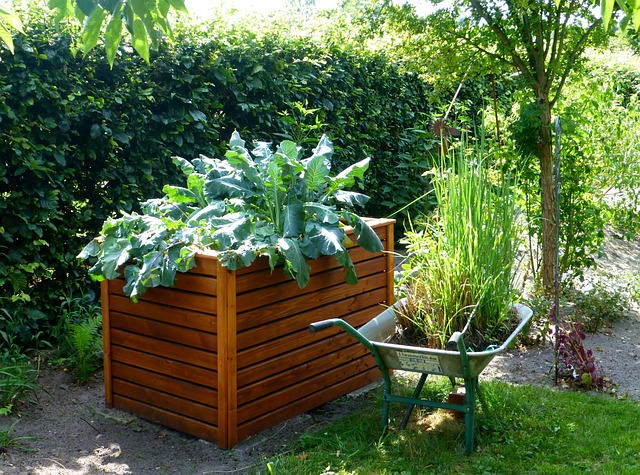
Use Raised Beds
For a different aesthetic, consider using raised beds to house your condo garden. These are an effective way to maximize your limited space while creating optimal growing conditions for your plants. Consider using lightweight materials for this in case you would like to move it in the future. Alternatively, repurposed materials can be used, such as wooden crates.
Given the density of the soil used and the smell it may make, you may opt to put your raised bed garden on the balcony or near an open window. In order to make the most of the the small space, you may want to plant vertical-growing plants such as basil or parsley.

Tips for Maximizing Your Space
Condos come in a variety of shapes and sizes, so we have a few tips to maximizing your space in order to make room for a thriving garden:
- Vertical gardening: Utilize vertical space by incorporating trellises, wall-mounted planters, or hanging baskets. Grow climbing plants, vining vegetables, or trailing flowers that can thrive vertically. This technique not only adds greenery but also creates a visually appealing display.
- Compact and dwarf varieties: Opt for compact or dwarf varieties of plants that are specifically bred for small spaces. These varieties are ideal for container gardening and take up less space while still producing a bountiful harvest.
- Hanging gardens: Make use of ceilings, balconies, or beams by hanging plants. Hanging baskets or vertical planters can be suspended, allowing you to grow herbs, cascading flowers, or trailing vines. This technique adds greenery without occupying valuable floor or counter space.
- Stackable planters: Invest in stackable or tiered planters that allow you to grow multiple plants in a vertical arrangement. These planters typically have multiple levels, allowing you to maximize space while creating an organized and visually appealing garden.
- Utilize windowsills: Windowsills are often underutilized spaces that can be transformed into mini-gardens. Place small pots or trays with herbs, succulents, or flowers on your windowsills to make the most of natural light.
- Hanging herb garden: Create a dedicated herb garden by hanging small pots or containers near your kitchen area. This not only provides easy access to fresh herbs but also adds a decorative touch to your culinary space.
- Companion planting: Practice companion planting, which involves growing compatible plants together to maximize space and enhance plant health. For example, interplanting lettuce with taller plants such as tomatoes can provide shade for the lettuce while utilizing vertical space.
- Utilize wall space: Install vertical wall-mounted planters or create a living wall by attaching modular planters to a wall. This allows you to grow a variety of plants while adding a striking feature to your home.
- Utilize corners: Transform corners into green spaces by placing tall plants or vertical planters. This helps to fill empty corners and create a lush atmosphere within your condo.
- Succession planting: Practice succession planting, which involves planting new seeds or seedlings as soon as a crop is harvested. This ensures a continuous harvest throughout the growing season and maximizes the productivity of your garden.

Don’t Forget to Prune
One thing new plant-owners forget to do it to prune their plants. Pruning promotes plant growth by directing the growth into proper locations. This also helps to prevent your garden from overcrowding as well as enhances your plant’s flowering and fruiting.
READ MORE: Grow Kitchen Herbs at Home with These 9 Tips
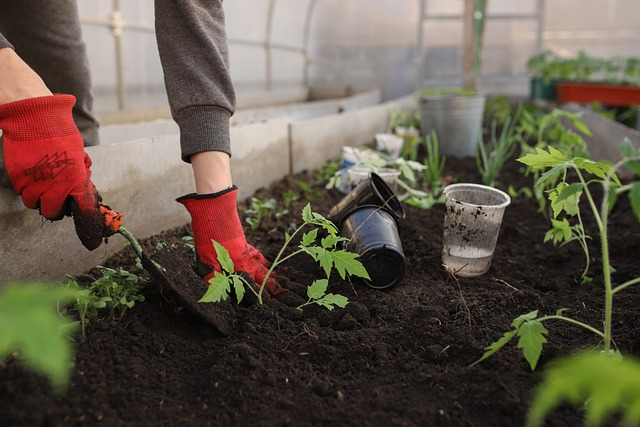
Start Your Garden In a Condo
Now that you have learned the basics of gardening and the different types of gardens that exist, you are ready to start your own journey. Luckily, Asterra offers a 3D view of our units which can help you visualize the space and plan your garden effectively.
Written by: Angela V. DelosReyes | AVDLR

